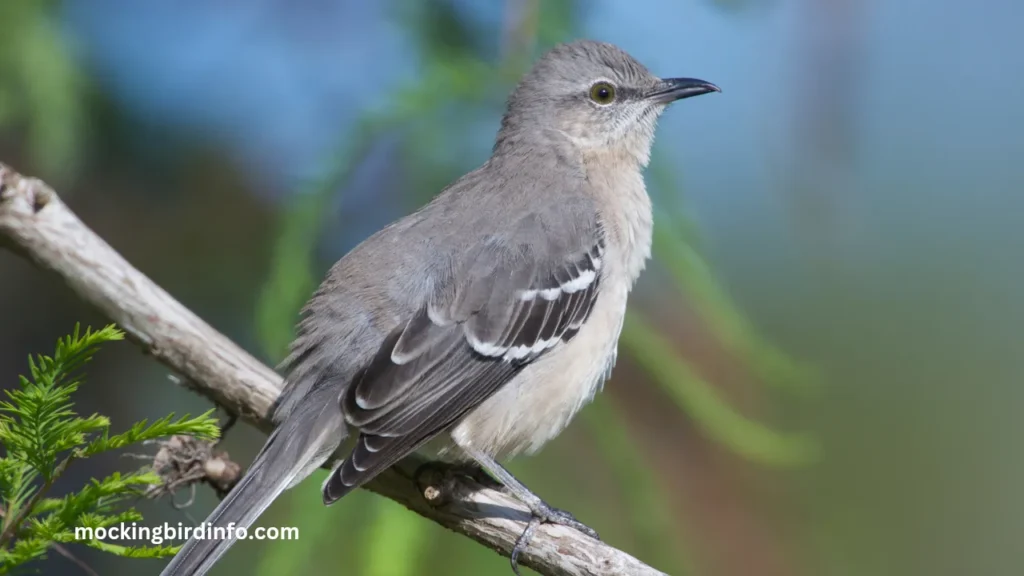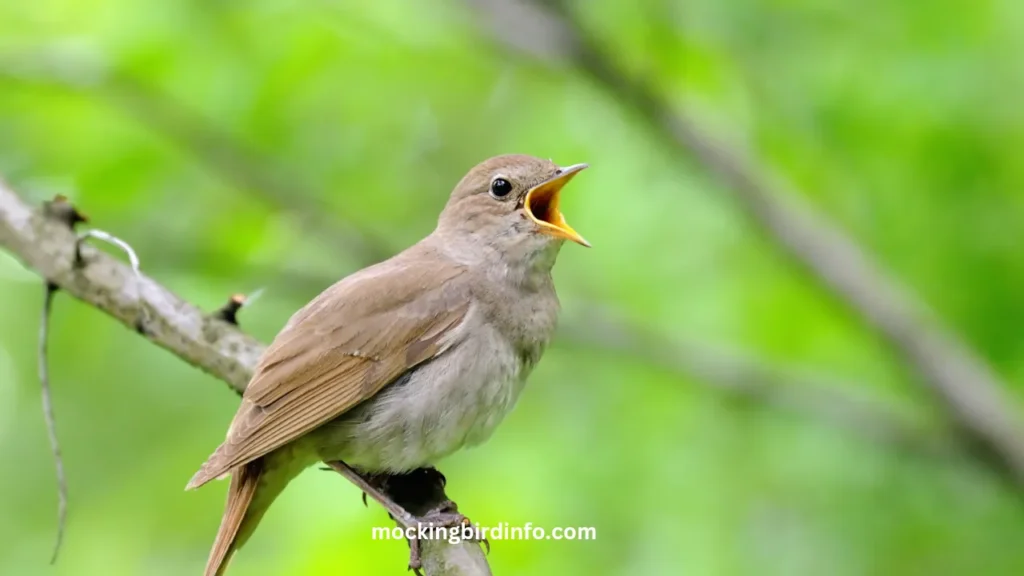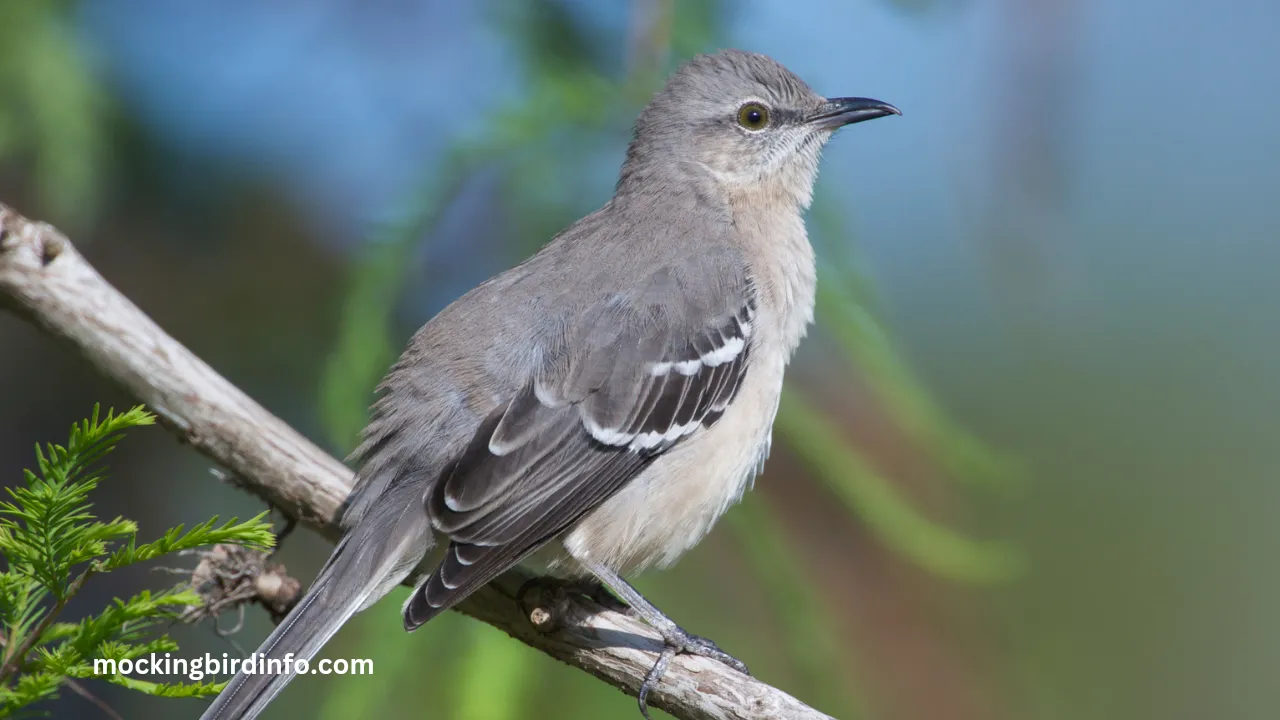The world is filled with birds that sing melodies captivating enough to stop us in our tracks. Among these avian musicians, the mockingbird and the nightingale are two species that have fascinated humans for centuries.
While both are celebrated for their vocal abilities, they are not the same. Their differences go far beyond their songs, encompassing physical features, habitats, and ecological roles.
Understanding the distinctions between the mockingbird and the nightingale can deepen our appreciation for the incredible diversity of the natural world. By comparing these two birds, we can uncover how their unique characteristics contribute to their survival and the ecosystems they inhabit.
Moreover, their rich cultural symbolism offers a window into how humans perceive and value the natural world.
In this article, we will explore the physical differences, vocal abilities, habitats, ecological significance, and cultural impact of mockingbirds and nightingales.
Whether you’re a casual birdwatcher or a dedicated ornithologist, this guide will help you see these birds in a whole new light.

Contents
1. Physical Differences
Size and Shape:
The mockingbird is larger, measuring between 9–13 inches in length, with a slender body and a long tail that it often flicks in a characteristic motion. The nightingale is much smaller, at about 6–8 inches, with a compact, rounded body and a shorter tail, giving it a less noticeable appearance in dense underbrush.
Plumage:
Mockingbirds are known for their gray or brown feathers with distinctive white wing patches visible during flight. This contrasting plumage allows them to stand out in urban and open areas. In contrast, the nightingale’s plain brown feathers are subdued, helping it blend seamlessly into its woodland habitat.
Beak Shape:
The mockingbird has a slightly curved, slender beak, ideal for eating a variety of foods, including insects and fruit. The nightingale’s shorter, more robust beak is adapted for catching insects and picking through dense foliage.
2. Vocal Abilities
Song Complexity:
The mockingbird is famous for its ability to produce a vast repertoire of songs, which includes imitating over 200 different sounds, ranging from other birds’ calls to man-made noises like alarms.
The nightingale, on the other hand, is celebrated for its pure, melodic songs, which consist of a unique and intricate sequence of notes that have inspired poets and musicians for centuries.
Mimicry:
While the mockingbird excels in mimicry, the nightingale focuses on delivering its original, harmonious songs. This makes the mockingbird a symbol of adaptability, while the nightingale is seen as a symbol of authenticity and natural beauty.
Singing Behavior:
Mockingbirds sing during both day and night, often repeating phrases in a distinct rhythm. Nightingales are known for their nocturnal singing, which is believed to play a role in attracting mates during quiet nighttime hours when their songs can carry further.

3. Habitat and Distribution
Preferred Habitats:
Mockingbirds thrive in a wide range of environments, from urban neighborhoods to open fields and wooded areas. Their adaptability allows them to coexist with humans.
Nightingales, in contrast, prefer dense forests, shrubs, and woodland edges, where they remain more hidden.
Geographic Range:
The mockingbird is native to North America, with a range that extends into Central America and parts of the Caribbean. The nightingale is found across Europe, Asia, and North Africa, often migrating to warmer regions during winter.
4. Ecological Roles
Diet and Foraging Behavior:
Mockingbirds are omnivorous, feeding on insects, berries, and seeds, making them important for seed dispersal and pest control. Nightingales, primarily insectivorous, rely on small insects like beetles and caterpillars, helping control pest populations in forest ecosystems.
Predation and Defense:
Mockingbirds are fiercely territorial and will aggressively defend their nests from predators, including larger birds. Their boldness often deters threats. Nightingales, being smaller and less aggressive, rely more on camouflage to evade predators.
Impact on Ecosystems:
Both birds contribute significantly to their ecosystems. Mockingbirds aid in maintaining plant biodiversity by dispersing seeds, while nightingales help regulate insect populations, ensuring a balanced ecosystem.
5. Cultural Significance
Symbolism in Literature:
The mockingbird is often used in literature to symbolize innocence, freedom, and resilience, as famously depicted in Harper Lee’s To Kill a Mockingbird. The nightingale, on the other hand, has inspired centuries of poets and composers, symbolizing romantic love, melancholy, and the passage of time.
Folklore and Mythology:
Mockingbirds appear in North American folklore as symbols of adaptability and protection. Nightingales are central to European myths and are often linked to longing and beauty, with their nocturnal song seen as a bridge between the natural and spiritual worlds.
Conclusion
In the end, the mockingbird and the nightingale represent two different yet equally fascinating facets of the avian world. The mockingbird, with its adaptability and mimicry, thrives in a variety of habitats and symbolizes resilience and creativity.
The nightingale, with its melodious and heartfelt songs, enchants listeners from its quiet forest retreats, embodying themes of love and mystery. Both birds play crucial ecological roles, from seed dispersal to pest control, making them integral to the ecosystems they inhabit.
Their cultural impact underscores how deeply humans are inspired by the natural world, using these birds as metaphors for profound emotions and universal themes.
By understanding and appreciating their differences, we not only celebrate their beauty but also recognize the importance of conserving the habitats that allow these remarkable creatures to thrive.
FAQs
1. Are mockingbirds and nightingales the same?
No, mockingbirds and nightingales are different species with distinct characteristics, habitats, and behaviors.
2. Which bird is known for mimicking sounds?
The mockingbird is famous for its ability to mimic a wide range of sounds, including other birds and man-made noises.
3. Why do nightingales sing at night?
Nightingales sing at night to attract mates, as the quiet environment allows their songs to carry further.
4. Where can mockingbirds be found?
Mockingbirds are native to North America and can also be found in Central America and parts of the Caribbean.
5. What regions do nightingales inhabit?
Nightingales are found across Europe, Asia, and North Africa, preferring forested or shrub-covered areas.
6. Do mockingbirds eat insects?
Yes, mockingbirds are omnivorous and consume insects, fruits, and seeds as part of their diet.








